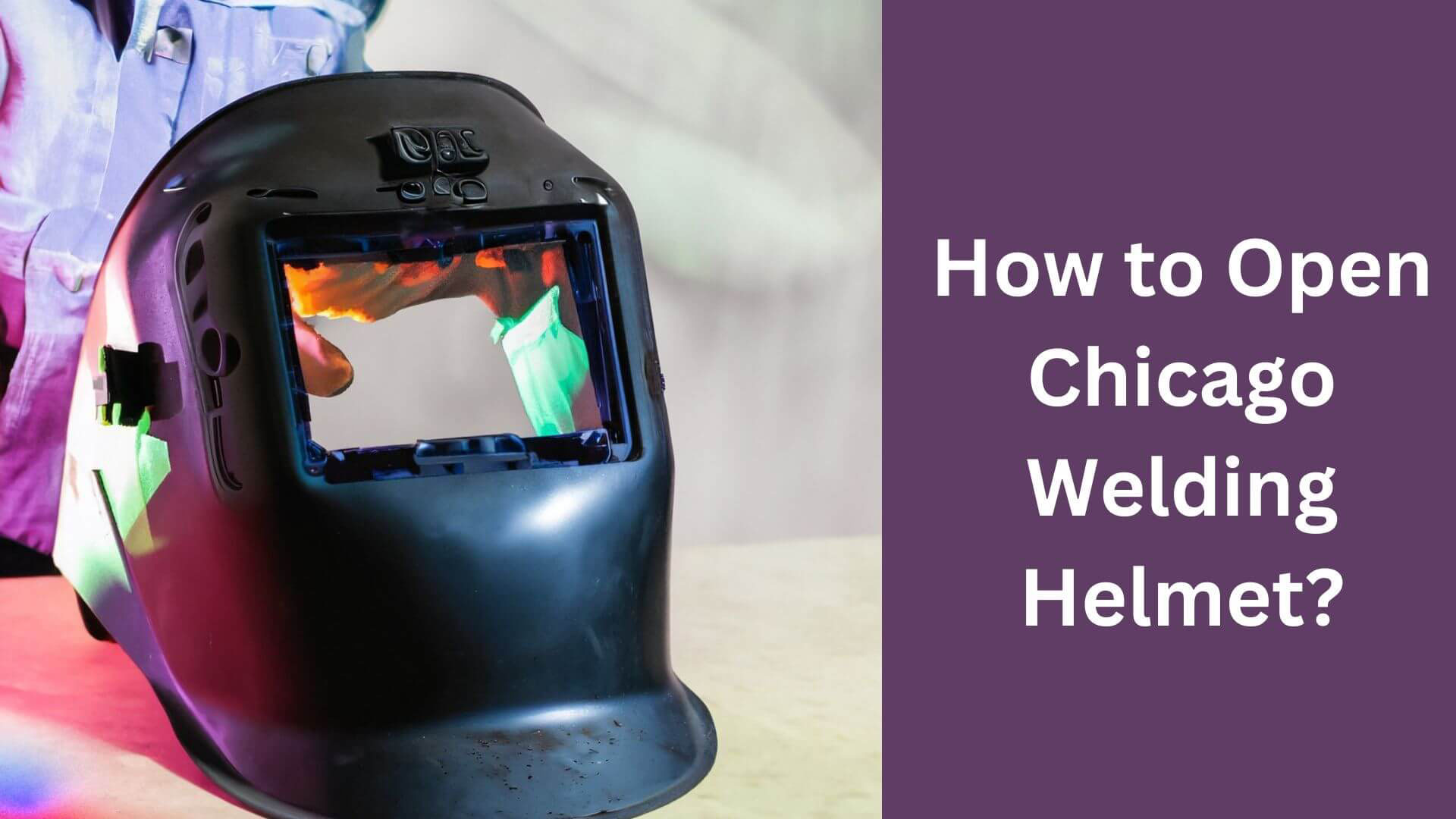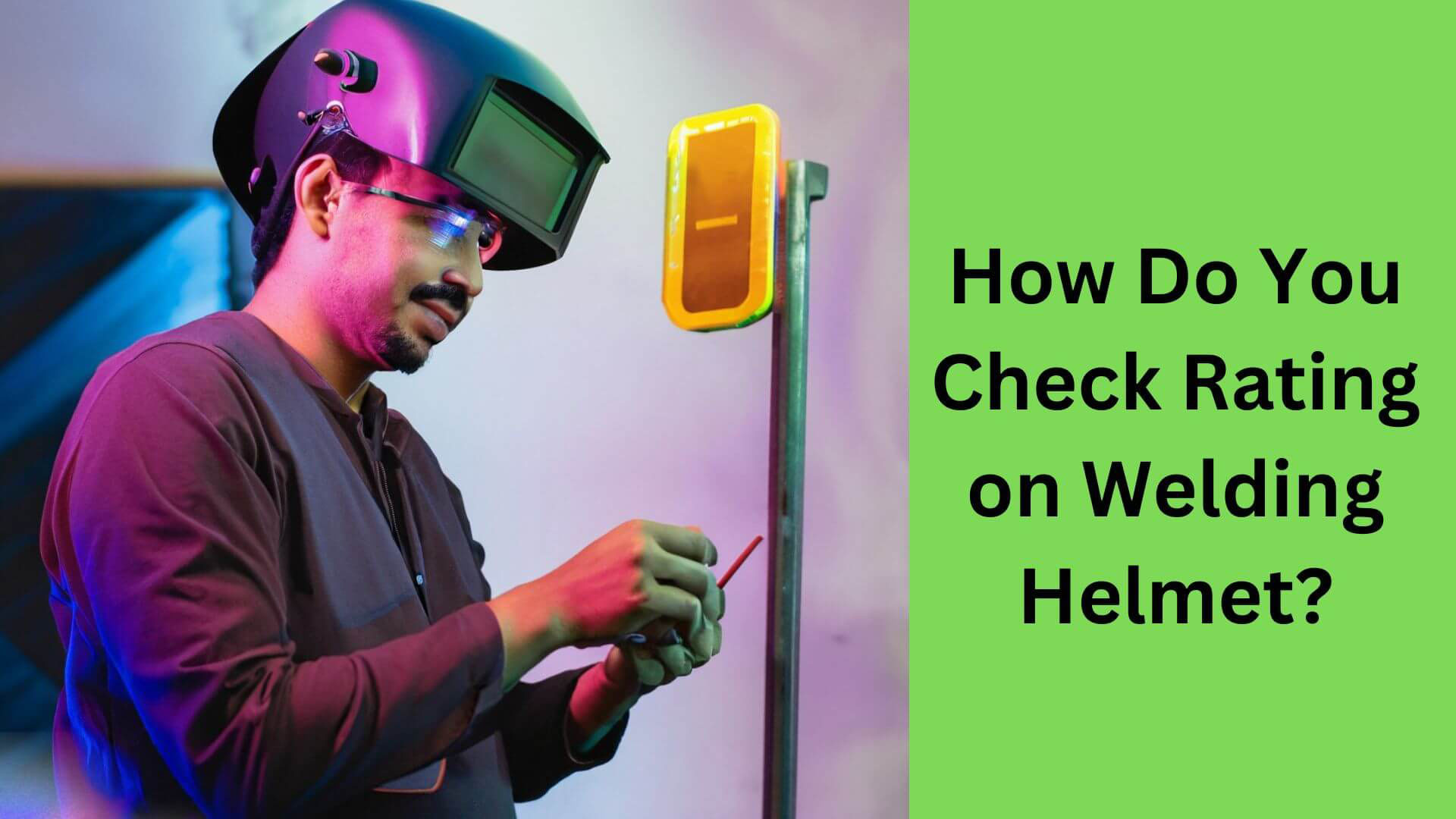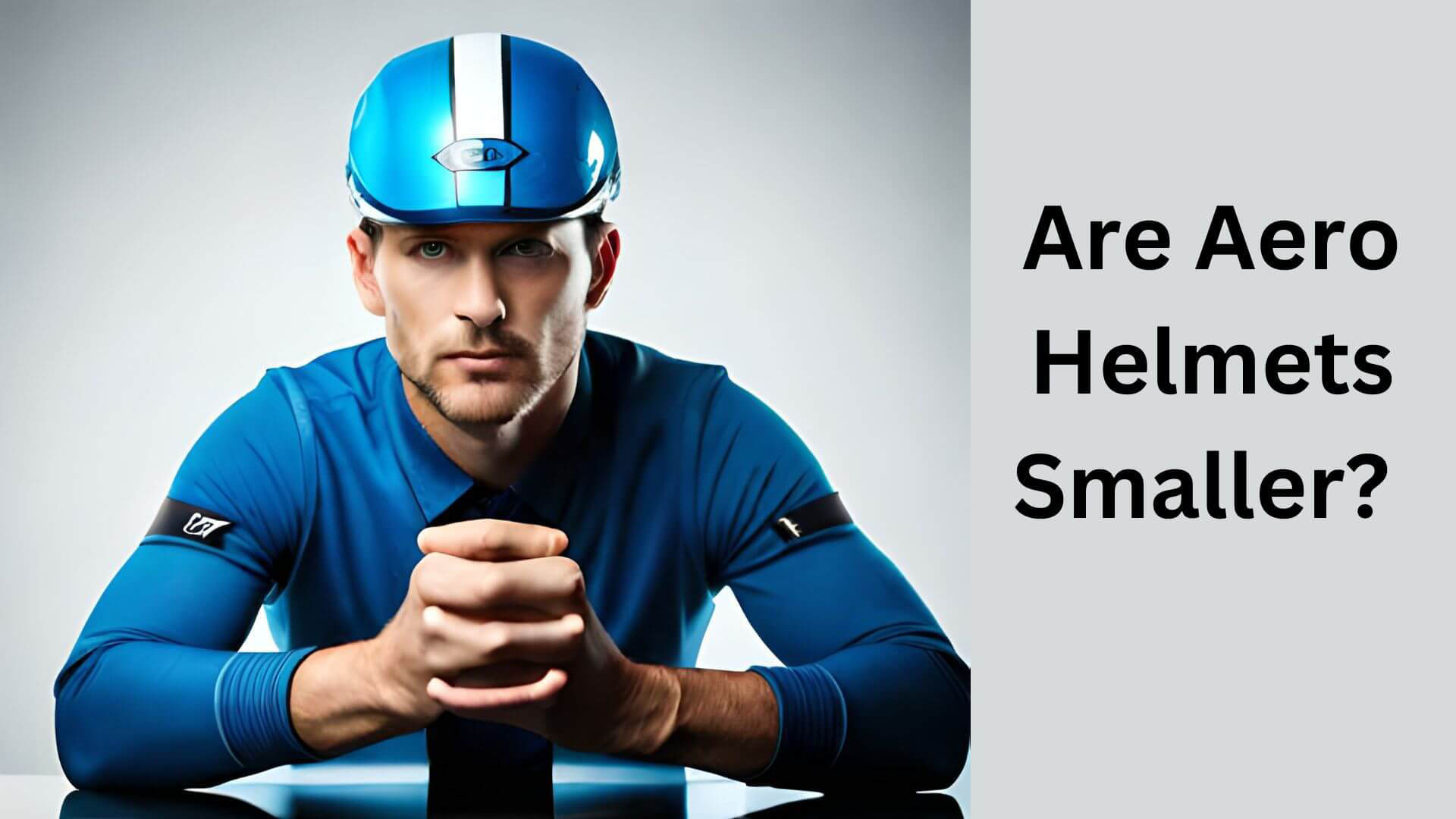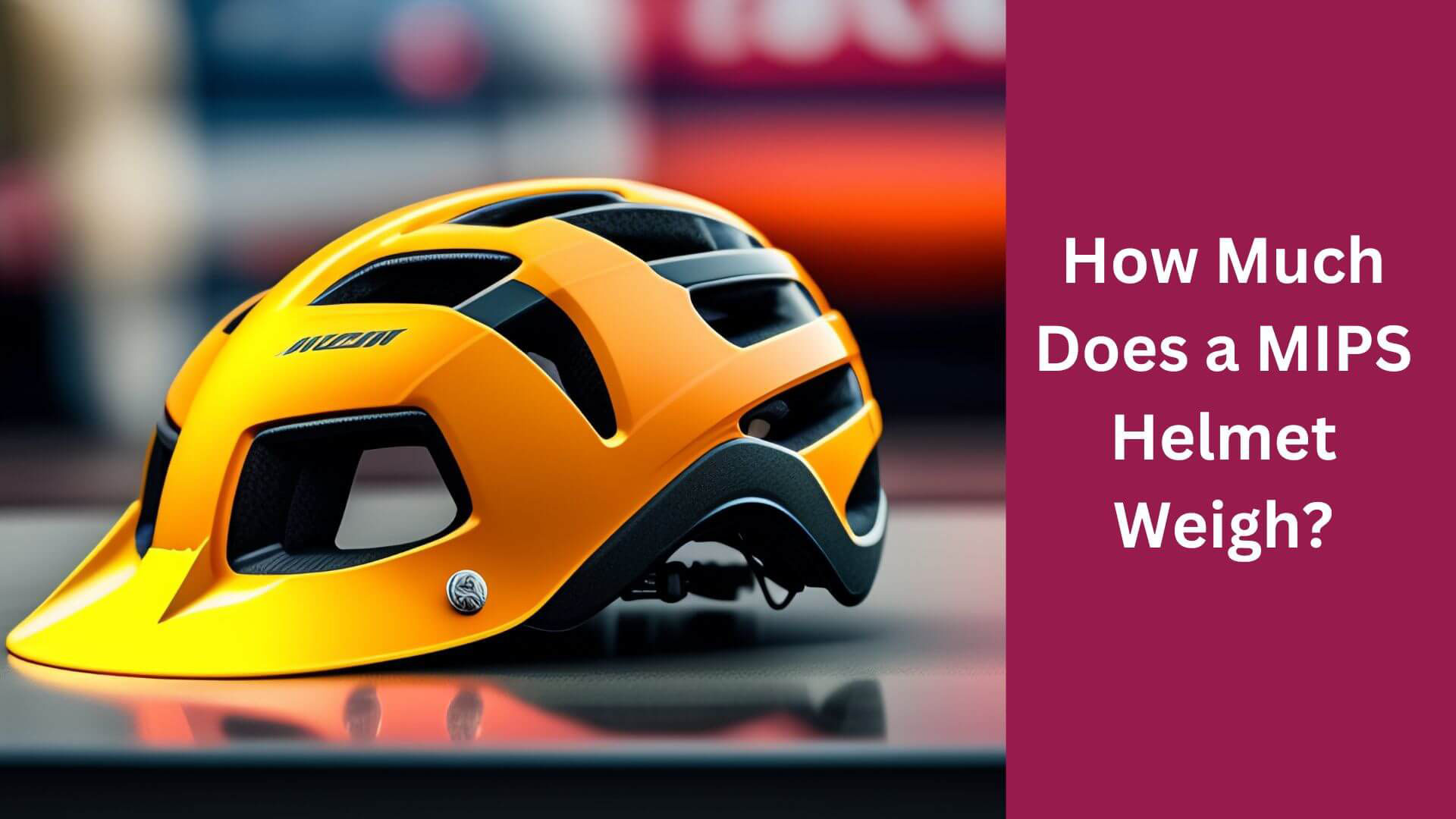Are MIPS Helmets Better for Your Head and Your Budget Than Standard Helmets?
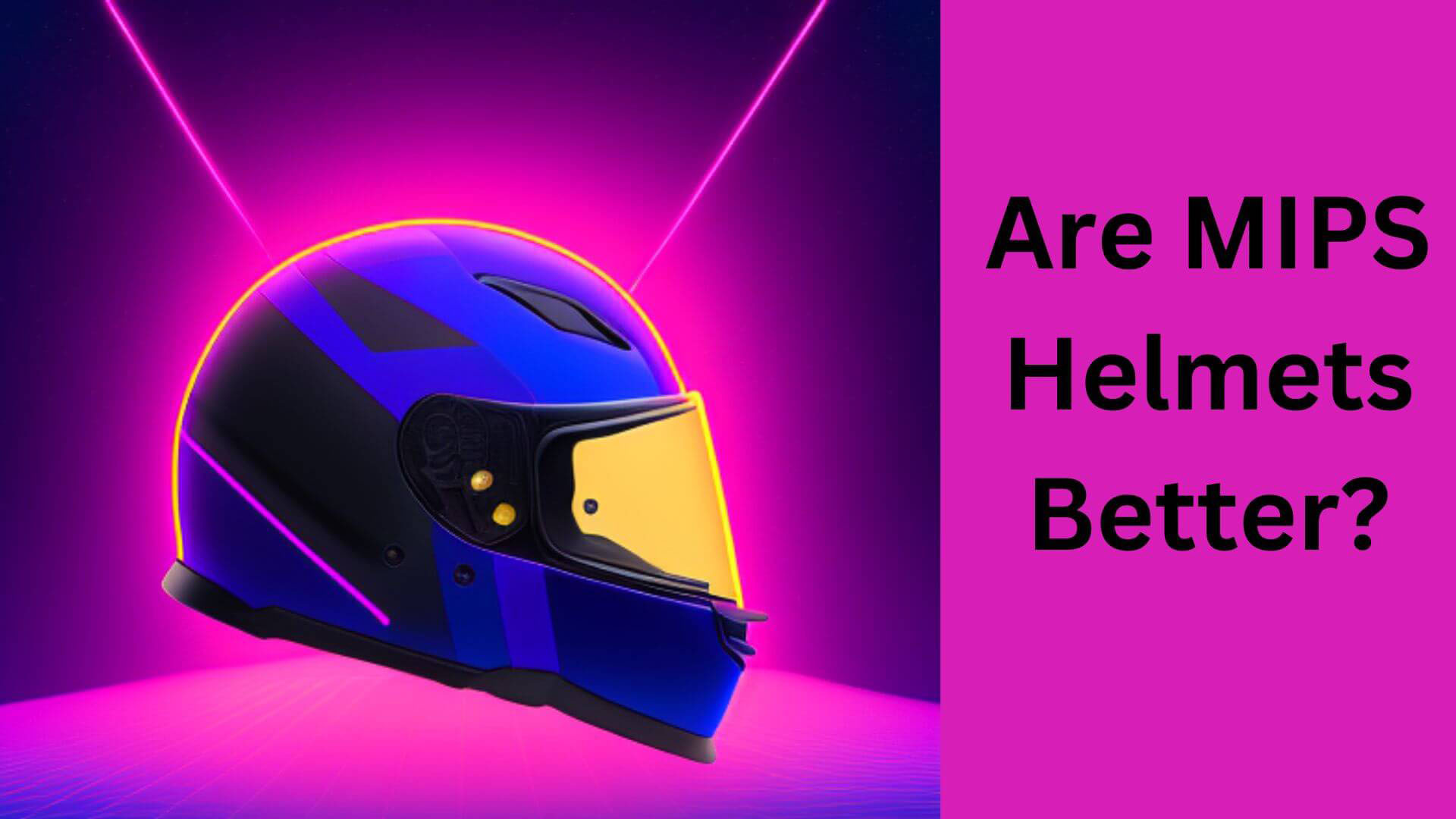
If you’re a Biker or cyclist, you know the importance of wearing a helmet to protect your head in case of an accident. But with so many different types of helmets on the market, knowing which one to choose can take time and effort.
One type of helmet that has become increasingly popular in recent years is the MIPS helmet.
But what exactly is a MIPS helmet? Are MIPS helmets better? The answer is Yes. MIPS helmets are designed to offer better protection against rotational forces that can cause brain injuries in the event of a crash.
In this article, I’ll explore the benefits of MIPS helmets and help you decide if they’re the right choice for you.
Understanding MIPS: What Is It?
MIPS stands for “Multi-directional Impact Protection System.” It’s a technology integrated into the helmet design to better protect against rotational impacts.
These impacts can occur in real-world scenarios where a crash results in a twisting head motion.
The MIPS system consists of a low-friction layer within the helmet that allows for movement between the head and the helmet during an impact. This movement helps reduce brain strain and limit the risk of injury.
Are MIPS Helmets Better? You Need to Know
MIPS helmets are designed to offer better protection against rotational forces, which are known to cause brain injuries due to a crash.
MIPS stands for Multi-directional Impact Protection System, a technology that uses a low friction layer inside the helmet that can move independently of the helmet shell, allowing the helmet to rotate slightly relative to the head and absorb some of the rotational energy.
According to MIPS, most crashes involve oblique impacts that create rotational forces on the brain, which can be more damaging than direct impacts.
MIPS helmets aim to reduce these forces by mimicking the natural protective mechanism of the cerebrospinal fluid between the skull and the brain.
While MIPS helmets cannot prevent a crash or guarantee that you will not suffer a head injury, they can reduce the risk of suffering concussions or more serious traumatic brain injuries.
Therefore, many cyclists and helmet brands consider MIPS helmets better and safer than non-MIPS helmets.
However, factors such as fit, comfort, ventilation, and price may also influence your helmet choice.
What Are The Benefits Of Wearing A Mips Helmet?
- MIPS helmets reduce the risk of head injuries caused by angled impacts that create rotational forces on the brain.
- MIPS helmets mimic the natural protective mechanism of the cerebrospinal fluid between the skull and the brain.
- MIPS helmets can prevent or lessen the severity of concussions and traumatic brain injuries.
- MIPS helmets are available in many styles, sizes, and brands to suit different cycling needs and preferences.
- MIPS helmets are compatible with many styles, sizes, and brands.
- MIPS helmets are tested and certified by independent laboratories and standards.
- MIPS helmets are lightweight and do not compromise ventilation or comfort.
- MIPS helmets are made of durable materials such as titanium, aluminum, and carbon fiber.
MIPS Helmets vs. Traditional Helmets What’s the Difference?
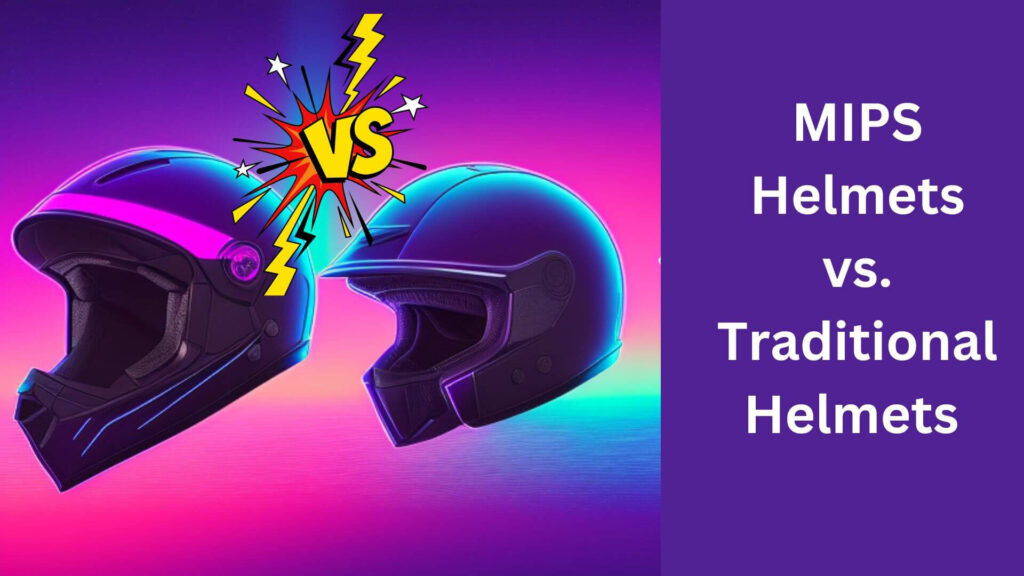
Here’s a table comparing MIPS helmets to traditional helmets:
| Aspect | MIPS Helmets | Traditional Helmets |
| Technology | Incorporates a low-friction layer between the shell and padding to reduce rotational forces that can cause brain injuries. | Does not incorporate any additional safety technology beyond the surface and padding. |
| Impact protection | Offers some level of protection against linear impacts. | Addresses both linear and rotational impacts |
| Effectiveness | Some studies have shown that MIPS helmets can provide up to 10% more protection against rotational forces than traditional helmets. | Studies have found mixed results regarding the effectiveness of MIPS helmets compared to conventional helmets. Some studies have found that MIPS helmets are generally more effective in reducing head injury risk, while others have found no significant difference. |
| Design | a Hard outer shell with foam padding on the inside. | Additional low-friction layer added to helmet design. |
| Fit | Like traditional helmets, MIPS helmets must fit snugly and comfortably to provide adequate protection. | Like MIPS helmets, traditional helmets must fit snugly and comfortably to provide adequate protection. |
| Ventilation | Some MIPS helmets are well-ventilated, while others may have less ventilation due to the added low-friction layer. | Traditional helmets vary in ventilation depending on the specific model. |
| Weight | MIPS helmets may be slightly heavier than traditional helmets due to the added low-friction layer. | Traditional helmets vary in weight depending on the specific model. |
| Availability | Widely available at most sporting goods stores. | Becoming increasingly common but may be less widely available depending on location and brand. |
| Certification | MIPS helmets must meet safety standards set by organizations such as the Consumer Product Safety Commission (CPSC) or the European Committee for Standardization (CEN). | Traditional helmets must also meet safety standards set by organizations such as the CPSC or CEN. |
| Price | Generally lower cost than MIPS helmets. | Tends to come with a higher price tag than traditional models. |
Read More: Are MIPS Helmets Bigger Than Other Brands?
What Safety Features Makes A Mips Helmet Offer?
MIPS (Multi-directional Impact Protection System) helmets offer an additional layer of protection to reduce rotational force in the event of an impact.
This is achieved through the use of a low-friction layer between the outer shell and the inner padding of the helmet.
This layer is designed to move independently of the helmet, allowing it to rotate slightly upon impact. This movement helps to reduce the rotational force that can cause brain injury.
By reducing this rotational force, MIPS helmets provide improved protection from certain types of impacts compared to traditional helmets.
Additionally, MIPS helmets are often designed with other safety features, such as reinforced construction and high-visibility details, to further enhance their protective capabilities.
Are MIPS Helmets Worth the Cost?
MIPS helmets are typically more expensive than traditional helmets, with prices ranging from $50 to $300 or more.
However, many riders believe that the added safety features are worth the extra cost, especially when it comes to protecting their most vital organ, the brain.
It’s important to note that not all MIPS helmets are created equal. Some manufacturers may use different materials or designs that affect the effectiveness of the low-friction layer.
To ensure maximum safety, it’s essential to choose a MIPS helmet from a reputable manufacturer that has undergone rigorous safety testing and meets industry standards.
What Are The Drawbacks Of Wearing A Mips Helmet?
What Are The Drawbacks Of Wearing A Mips Helmet? by bullet points
Sure, here are the drawbacks of wearing a MIPS helmet in bullet points:
- Cost: MIPS helmets tend to be more expensive than traditional helmets.
- Weight: MIPS helmets may be slightly heavier due to the added protective layers, which may be uncomfortable or cumbersome for some riders.
- Effectiveness: There is some debate over the effectiveness of MIPS technology, as it may not be effective in all types of impacts and may depend on the specific helmet design and impact severity.
Despite these potential drawbacks, many riders still choose to wear MIPS helmets for the added safety benefits they provide.
The decision to wear a MIPS helmet ultimately comes down to personal preference, budget, and the level of protection needed for the chosen activity.
FAQS About Are MIPS Helmets Better?
What does MIPS stand for?
MIPS stands for Multi-directional Impact Protection System.
Are MIPS helmets safer than traditional helmets?
Studies have shown that MIPS helmets can reduce the risk of brain injuries by up to 30% compared to traditional helmets.
How much do MIPS helmets cost?
MIPS helmets typically range from $50 to $300 or more.
What other safety features should I consider when choosing a helmet?
In addition to MIPS technology, other important safety features to consider include ventilation, fit, certification, weight, and durability.
Do all MIPS helmets provide the same level of protection?
Not all MIPS helmets are created equal. To ensure maximum safety, it’s important to choose a MIPS helmet from a reputable manufacturer that has undergone rigorous safety testing and meets industry standards.
How long do MIPS helmets last?
Like any helmet, MIPS helmets should be replaced after any significant impact or after several years of use, even if no impact has occurred.
Can MIPS helmets be repaired after a crash?
No, MIPS helmets should be replaced after any significant impact. Repairs may compromise the effectiveness of the MIPS system.
Final Word
In conclusion, MIPS helmets offer several potential benefits for riders who engage in high-impact sports.
The multi-directional impact protection system can help to reduce the risk of brain injuries, making these helmets an attractive choice for those who prioritize safety.
However, it’s important to consider the potential drawbacks of wearing a MIPS helmet, such as the added cost and weight, as well as the effectiveness of the technology in all types of impacts.
Ultimately, the decision to wear a MIPS helmet comes down to personal preference and the level of protection needed for your chosen activity.
It’s important to consider other factors beyond MIPS technology, such as helmet fit, ventilation, certification, and durability when choosing a helmet. By selecting a helmet that meets safety standards, fits well, and provides the level of protection you need, you can help to ensure a safe and enjoyable riding experience.

Hey, I’m Hrithik Hossain. I am the head of helmethacks.com, which specializes in safety helmets. I am looking to connect with anyone interested in purchasing a helmet or who has any questions about different types of helmets. I have over 8 years of experience as a helmet expert, and I can’t wait to help you find the perfect helmet for you. I can help you with any questions regarding helmets, from the best brands to fitting, style, and more! I really enjoy keeping people safe by ensuring they have the best protection possible.

